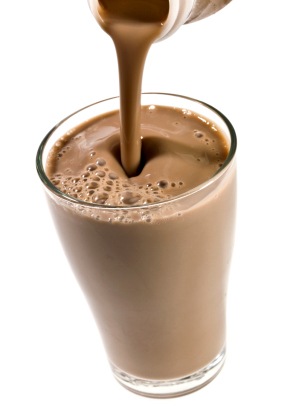 Hereâs a strange fitness truth: You donât get bigger at the gym.
Hereâs a strange fitness truth: You donât get bigger at the gym.
At the gym, working against resistance rip and damages your muscle fibers; itâs not until after the gym, when you go home or to work, that your muscles get a chance to rest, recover and rebuild. Itâs through the rebuilding process that your muscles become stronger and larger.
In other words, rest is one of the most important elements in your workout plan.
Why is this important?
Because many people exercise the same muscles over and over again everyday. If you work the same muscles each day - even after they are still sore from the previous workout - then you are selling your results short. In fact, you may even regress by damaging already damaged muscles.
For these reasons, itâs absolutely crucial that you get plenty of rest and that you avoid training muscles that are already sore from previous workouts. If youâre doing total body workouts at the gym, it means taking a day off in between. If you train different muscle groups each day, as I do, then it means hitting each muscle group only 1 - 2 times per week.
The bottom line: Hit your muscles hard at the gym, but give them ample time to recover and rebuild for maximized results. When it comes to training frequency, more is definitely not better.














 I just read an e-mail from a confused blog buddy that needs some post-workout nutrition guidance. Hereâs my best shot.
I just read an e-mail from a confused blog buddy that needs some post-workout nutrition guidance. Hereâs my best shot. Pure Protein - Chocolate Peanut Butter
Pure Protein - Chocolate Peanut Butter
